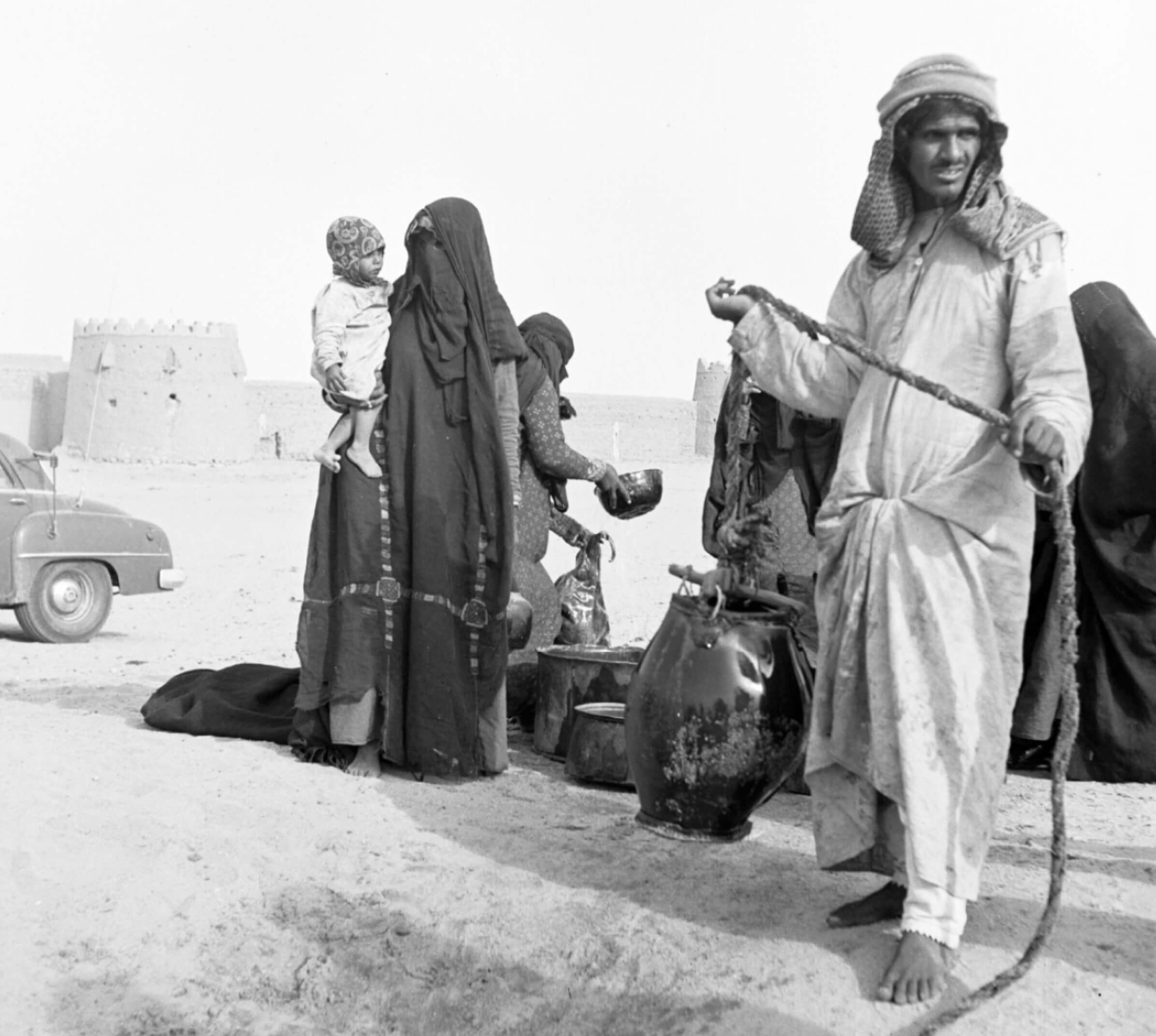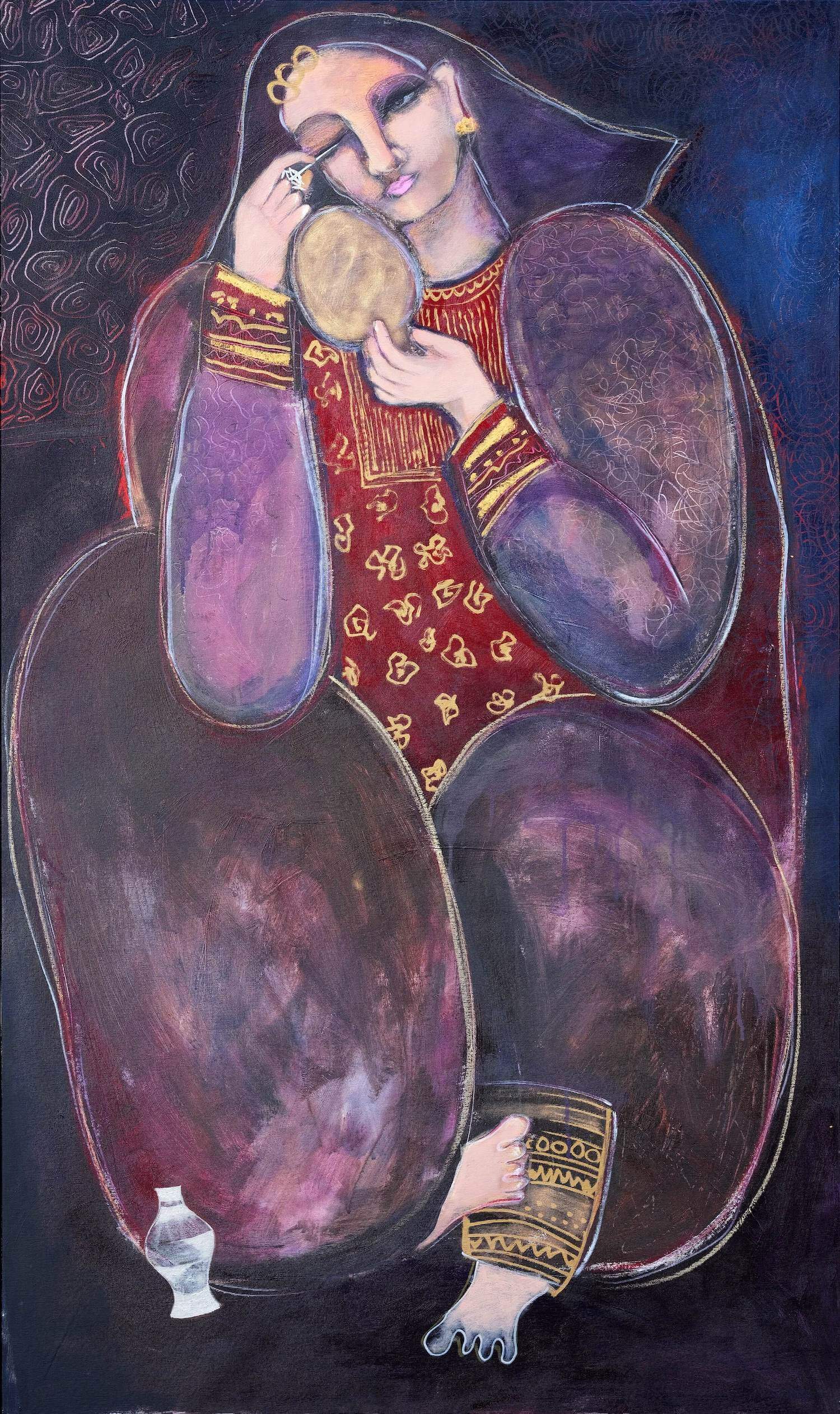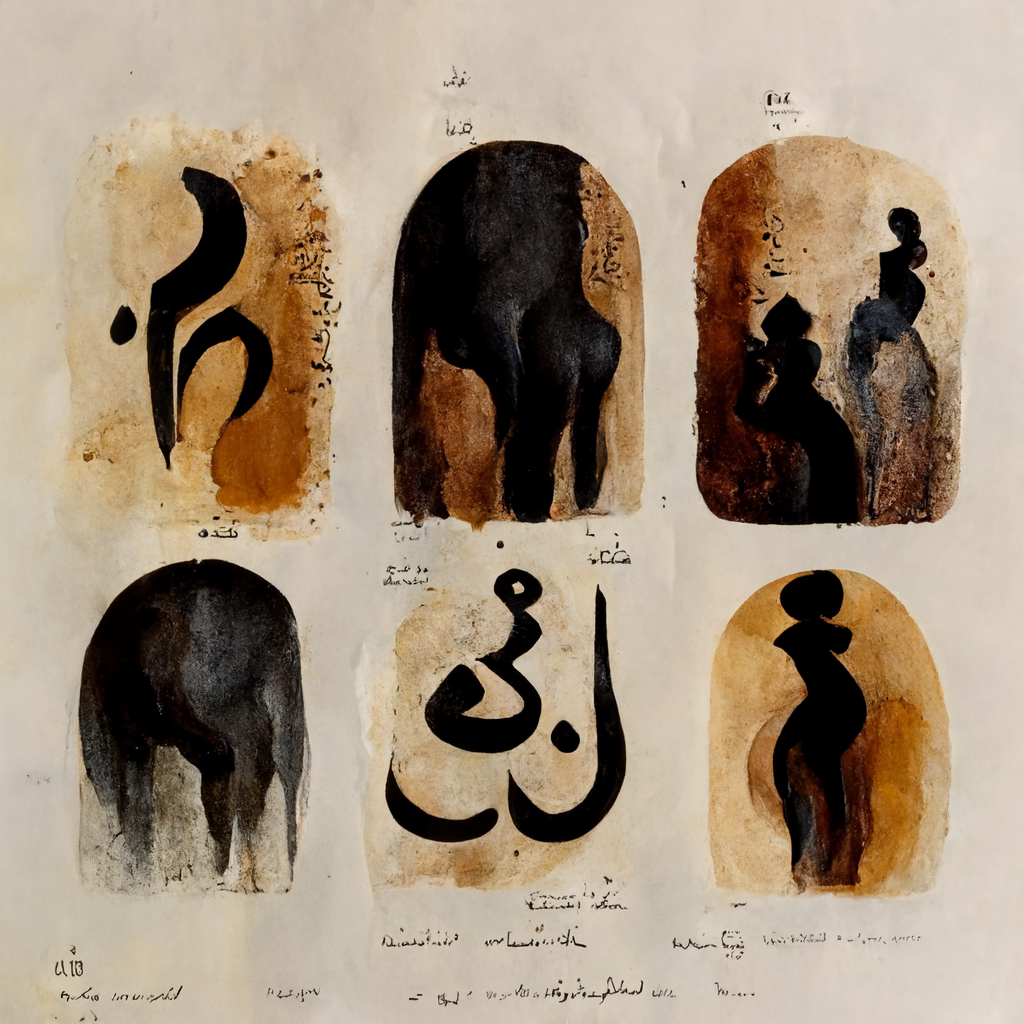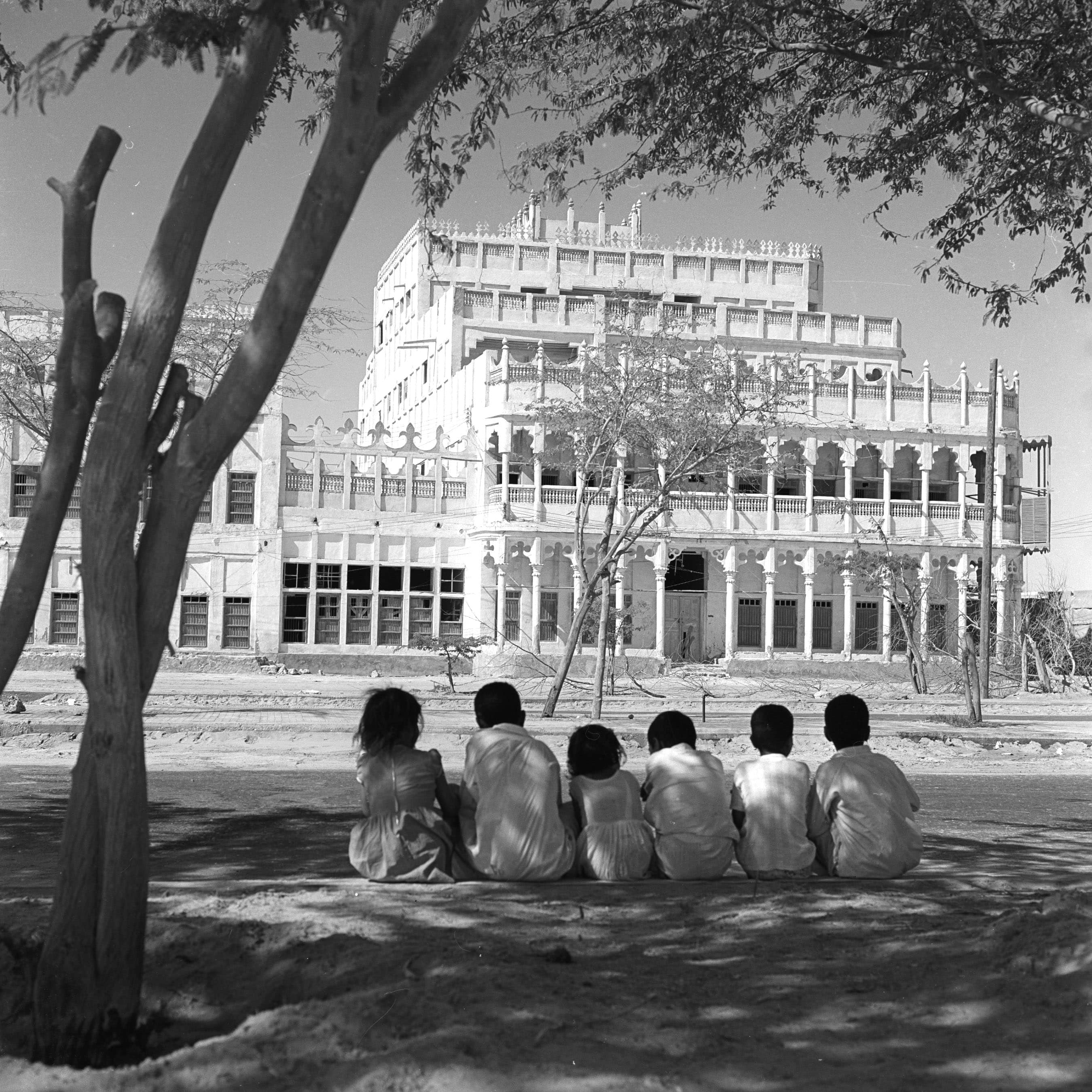The Arab Visual Identity
Arabian Farmer. Photograph taken between 1940-1950 by Daniel van Der Meulen.
When we look in the mirror, what do we see? We see our faces and their features, the way we dress, and every physical marker pointing to who we are. It’s a natural form of self-expression and representation, as well as an extension of our generational and cultural past lives. It’s our visual cultural identity, which others see before they get to know who we are.
Visual cultural identity refers to a visual representation showing belonging to a particular group based on various cultural categories, which includes nationality, ethnicity, race, gender, and religion. Cultural identity is complex and multifaceted, there is no one right way to view culture, and in the case of the visual Arabian cultural identity, it has yet to be fully explored and understood by global populations and cultures.
As children, we were always taught to never judge a person by their appearance, but by the content of their character. Yet, we are raised on biases obtained from our communities, ancestors, teachers, and folklore. Many of these biases can be superficial and end up lumping together a diverse group of people and cultures into a definitive stereotype.
These definitive stereotypes provide mental images representing an oversimplified opinion of culture, making people subconsciously adopt and internalize attitudes, beliefs, and values that could harm the cultural group targeted with such stereotypes.

Figure 1: Wealthy Arabian from Jeddah. Photograph was taken on April 23rd, 1918 by Paul Castlino.

Figure 2: Arabian Sheik. Photograph was taken in AlQatif in 1926 and by Arnold Heim.
Throughout the last century, Arabs have been depicted in media in roles that mostly vilify them and promote false perceptions. They are perceived through a distorted lens and placed within a box framing them as inhuman others incapable of behaving in a civilized manner due to their uncivilized culture, as described by Edward Said in his famous book Orientalism:
“Arabs are thought of as camel-riding, terroristic, hook-nosed, venal lechers whose undeserved wealth is an affront to real civilization.”
The dehumanization of Arabs through media has led to an increase in hate crimes against them. Generally, media has evolved to depict a more balanced view of most cultures around the world, but Arabs are viewed one-dimensionally – their distinct racial, ethnic, and religious qualities of Arabs are increasingly viewed as threatening, inferior, uncivilized, and completely alien from that of more Western persuasions.
In Back to the Future (1985), there is a point in the movie where the protagonists are attacked by Arab terrorists. We see a man wearing a shemagh, and unintelligible Arabic is spoken by the men who are frustrated that their weaponry isn’t working – basically they’re depicted as violent and not very intelligent. Why was it relevant to the plot to make these men Arabs?
In Disney’s Aladdin (1992), the fictional setting of Agrabah is a mythical land with not enough resources for the population, filled with violent and aggressive characters who will “cut off your ear, if they don’t like your face”, as per the opening song. The inauthenticity of cultural representation that runs amok in the cartoon has created a false idea of what an Arab country looks like, enforcing the narrative of barbarism and brash desert landscapes.
Even most recently in Dune (2021), a movie that takes place on a desert planet called Arrakis, it uses the Arabic language on seemingly violent characters, and imagery of Arab-like crowds of veiled, wailing women calling for the “hero” to save them. Even the author of the novel, Frank Herbert, had admitted on many accounts that he had “borrowed” from the Arabian culture to write his novels.

Figure 3: Arabian Family - Photograph taken between 1940-1950 by Daniel van Der Meulen.
And this is not the only flaw that is observed in entertainment, for several media news outlets lend a hand in dehumanizing the Arab population. Examples range from publishing illustrations that showcase the Arabian headdress as a fuse bomb, photographs of angry crowds of men caught yelling into the camera, or images of impoverished lands that are always facing war. Negative imagery target Arab women, especially when they are presented in a demeaning way, by framing them as helpless, incapable of decision-making, and having no agency over themselves.
As media critic Dr. Jack Shaheen has noted, many may not realize that simple misperceptions have grave consequences when it comes to influencing policymakers’ decisions. Fair portrayals and accurate passing of information are essential to not corrupt the policymaking process.
In addition to fair portrayals, stereotypes and tropes presented in the media generally should be labeled and called out for what it is – a discriminatory take on a culture and its people, dehumanizing Arabs into alien others.
Responding to and challenging stereotypes can act as an important tool in combating prejudices, whether they be explicit or implicit.
Finally, to change these narratives and rectify the image of Arabs in the media, it is essential to push and encourage Arab creators to present their culture in a way that is authentic to their heritage. Media is a powerful tool, and through it, we can connect with so many cultures around the globe.
It is time to present our Arabian culture as the rich, varied and beautiful identity that it is.
Ghada Al-Muhanna is a cultural and media advisor, working on the Arabian Peninsula. Her work focuses on authentic storytelling, cultural preservation and cultural exchange. She is currently based in Berlin, Germany.


